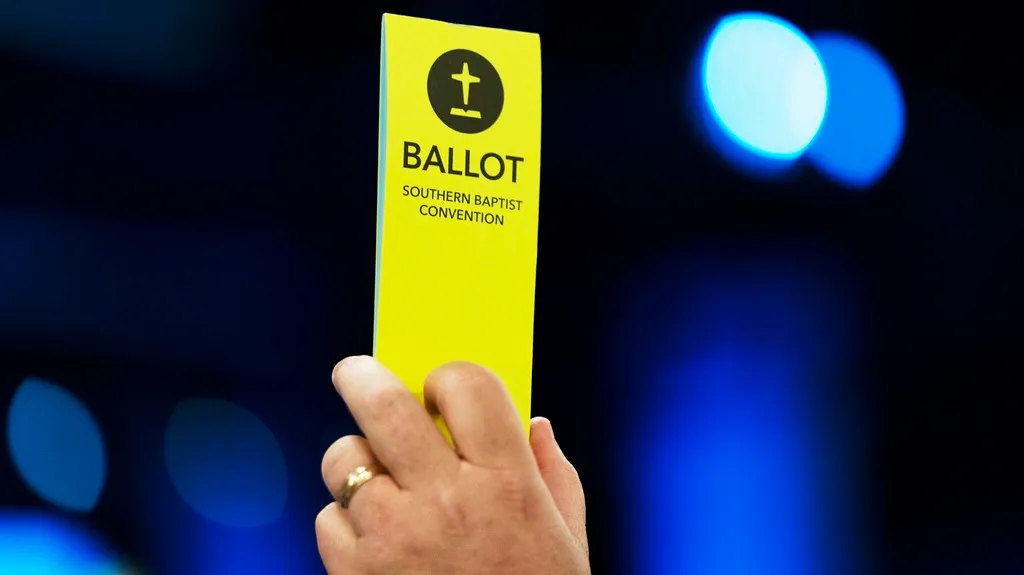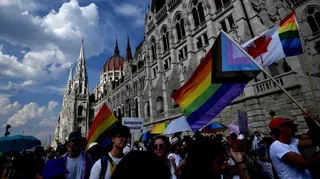March 8, 2013
Bebashi Fights New Infections for National Women & Girls HIV/AIDS Awareness Day
Andrew Clark READ TIME: 5 MIN.
The Philadelphia-based HIV/AIDS awareness and prevention agency Bebashi is hosting a special event today, Mar. 8, to address National Women & Girls' HIV/AIDS Awareness Day, observed nationally on Mar. 10. Complete with a free luncheon, on-site HIV testing, guest speakers, and even makeovers, the event aims to educate the community and enliven its efforts to address and put a stop to the increasingly aggressive spread of HIV/AIDS through the female community.
"We are taking a different approach to raising awareness about the issue of HIV/AIDS in our female community. Our aim is to educate and empower women in a fun and feel good way," said Prevention Specialist and Event Coordinator Keisha Duncan.
Bebashi was formed in 1985 to combat, inform and treat the spread of HIV/AIDS in the African American community. In the United States, African Americans hold the most severe effects of the disease, including the highest rates of infection and deaths. More specifically, African-American women have the highest infection rate of any group -- about 20 percent higher than white women or Latinas. And this is not a new development, as it has been found that in most of the world's industrialized nations, it is the marginalized communities on which the epidemic has the most devastating effect.
As the harmful myth that gay men are the primary victims of HIV/AIDS has finally begun to disappear from the public's understanding of the disease, one of the more alarming statistics have consistently involved the infection of women, which accounts for about half of the world's total. Out of this half, it is black women that make up almost two-thirds of infections in women and 29 percent of the total adult infections, the most disproportionate ratio of any subset. It is this disturbing fact that fuels Bebashi's rededication to combating HIV/AIDS within the female African-American community with some new tactics.
Encouraging efforts such as this have already seen results. A report released by the U.S. Centers for Disease Control and Prevention showed that new infection rates among black women decreased 21 percent between 2008 and 2010, the first reduction since the inception of the agency's study. These results are likely a result of programs like Bebashi's across the nation that target behavior and education in low-income groups.
Still, this newly positive turn of events does little to prove that there is a reversal in the inequity in infection rates. Efforts to reach out and educate the marginalized communities in the United States are important, but do not address the more global struggle of women to avoid infection, prevent the further spread of the disease, and be given effective treatment.
Outside of the United States, the HIV/AIDS epidemic has always been an ever-increasing female burden. In many countries, particularly in Africa, women's human rights are a devastatingly huge factor in the widespread infection rates. With an astronomically higher incidence of rape, gender-based abuse and lack of healthcare options, Africa's women carry the the brunt of the disease in every sense.
On a biological level, women are at a greater risk of heterosexual transmission of HIV and are much more likely to become infected through unprotected sex. Coupled with this increased level of non-consensual sex or resources for safe sex, it is the low end of the female socioeconomic spectrum that carries the highest infection rates and lowest effective treatments. And this says nothing of the added burden of women's childbearing role and the infection rate associated with mother-to-child transmission.
Lesbians Continue to Be Low-Risk Group
Amongst these worrisome reports on the global risk that women face, there is one group of women who do have a significantly lower risk of infection: the lesbian community. A study in 2006 of more than 1 million female blood donors found no HIV-infected women whose only risk factor was sex with women. What this means is that outside of sex with men, injection drug use, or blood related risk factors, the risk to women who have sex with only women for infection is effectively absent. That is not to say that there are no precautions that lesbians must take, particularly in reference to sexual history, W2W oral sex, and shared sex toys. But it does mean that they are likely the group least prone to HIV-infection.
The low infection rate in lesbians brings up a crucial point in organizations like Bebashi's mission. While lesbians have low risk behavior by default, education and resources can help bring the same low level of risk to other communities to create a similarly absent infection rate. It is not inevitable that HIV/AIDS to continue spreading. It is much more a matter of removing high-risk behavior, particularly in communities that exhibit a higher rate of infection. With continued education and outreach, that can become a reality.
Bebashi's National Women & Girls' HIV/AIDS Awareness Day event will be held from 2-6 p.m. on March 8 at 1217 Spring Garden St., First Floor in Philadelphia. For more information, visit http://www.bebashi.org




